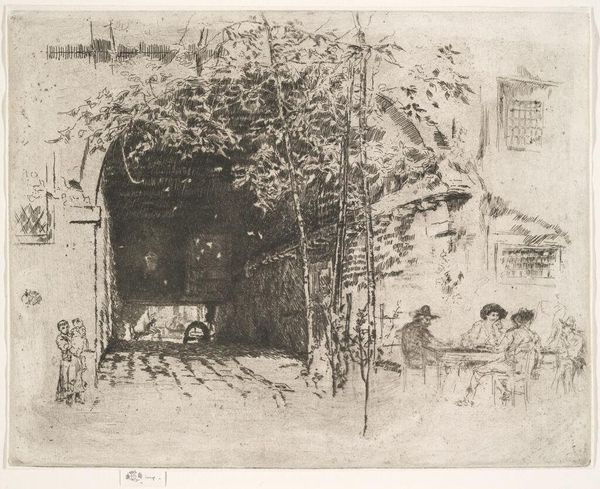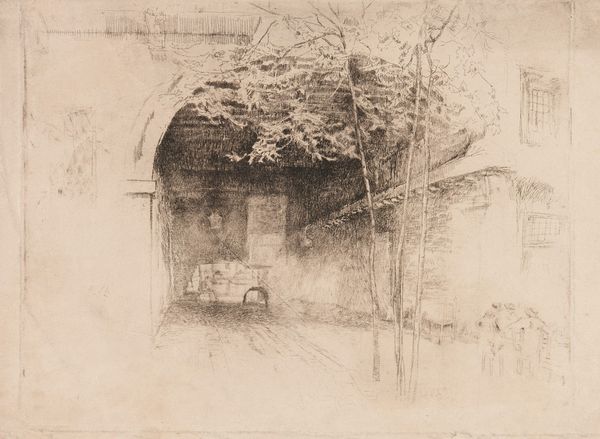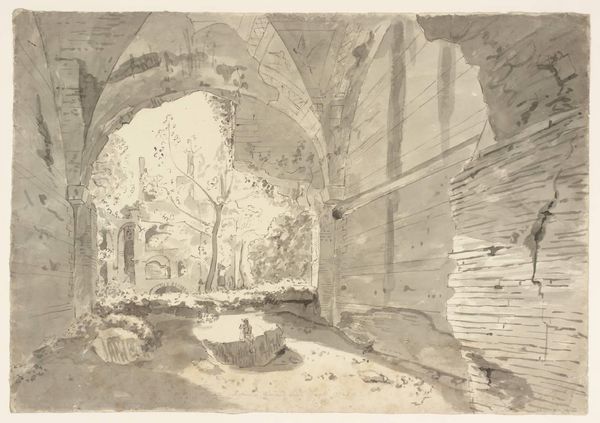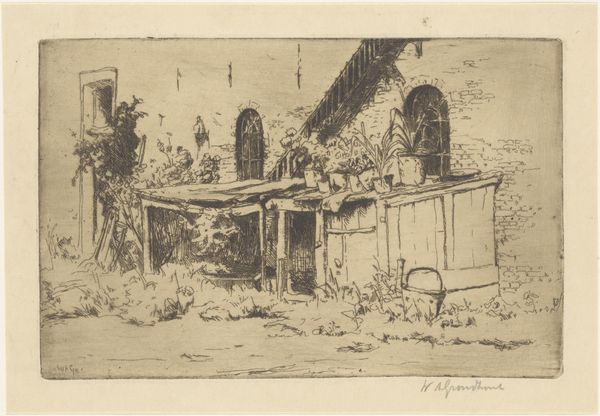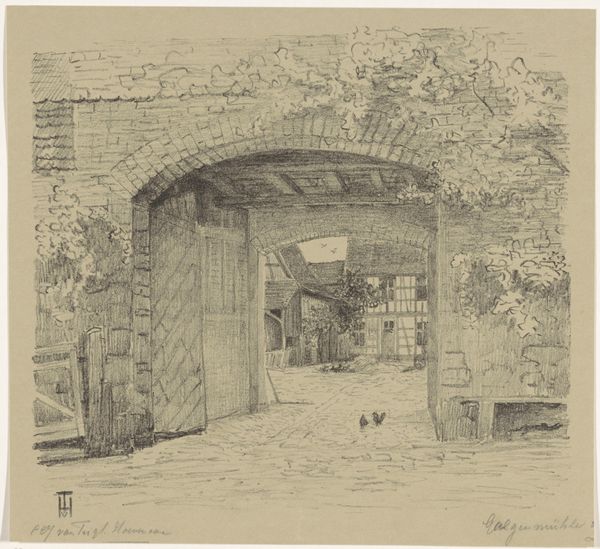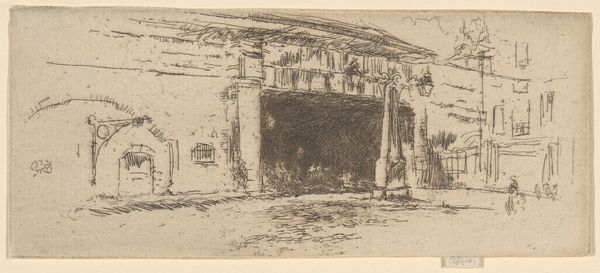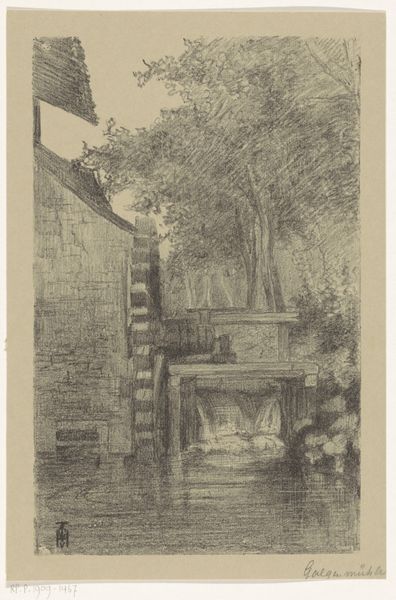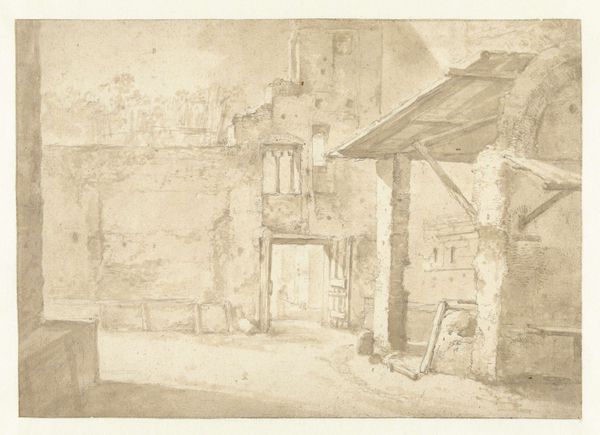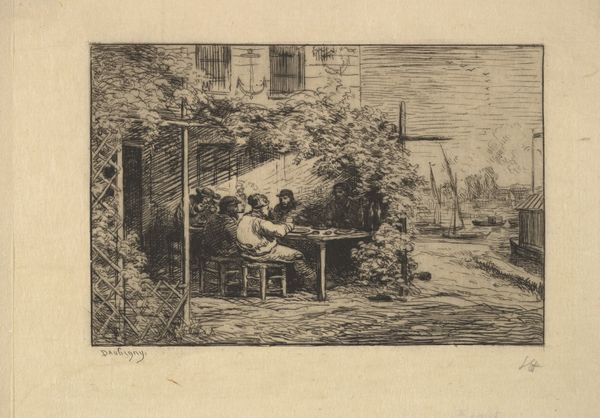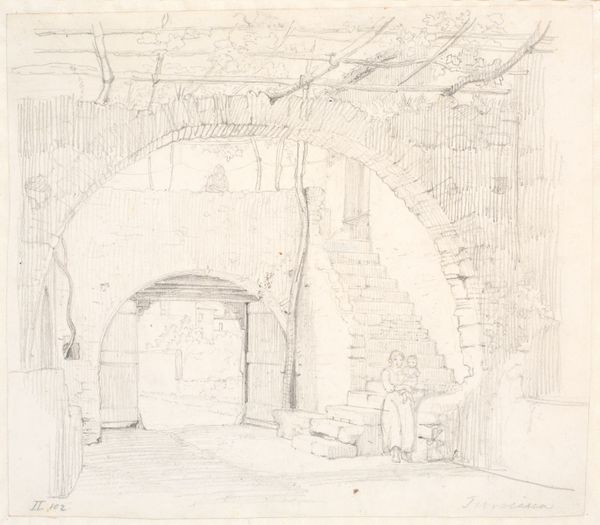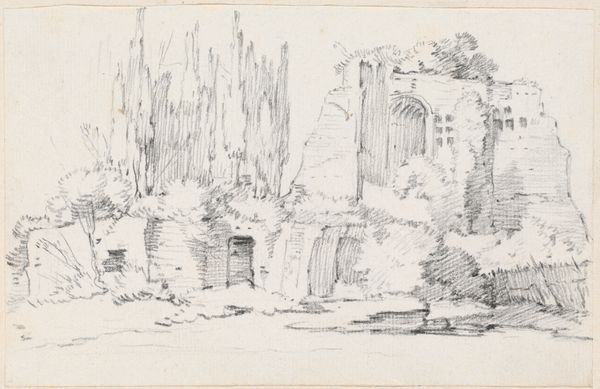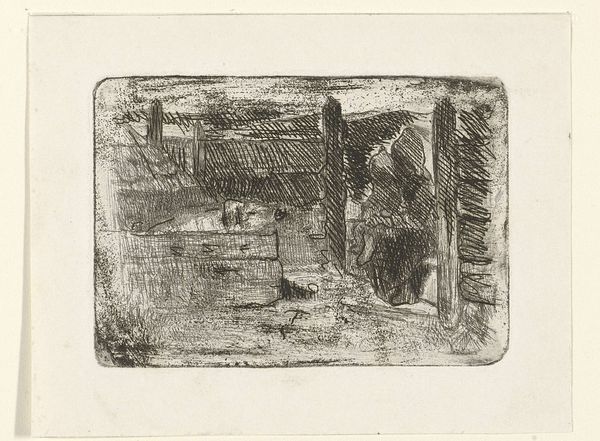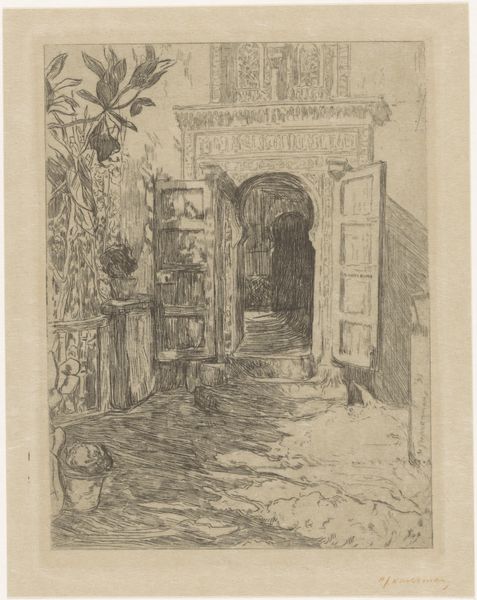
Dimensions: height 235 mm, width 302 mm
Copyright: Rijks Museum: Open Domain
James Abbott McNeill Whistler etched "Doorgang onder een huis in Venetië," capturing a Venetian doorway. The image is bisected by the motif of an arched passage. Such archways are not merely architectural; they symbolize transitions, thresholds between known and unknown, safety and exposure. This mirrors the Roman concept of the "Janus," the two-faced god of beginnings, endings, and doorways. Notice how Whistler uses this motif to frame the ordinary—daily life unfolding in a shadowed interior versus a sunlit gathering. This division evokes a deep sense of "Innenwelt" versus "Umwelt," our subjective experience of the world versus objective reality. The symbolism of the arch in Whistler's work is therefore not static but evolves; it is a dynamic, psychological symbol deeply rooted in our collective memory.
Comments
No comments
Be the first to comment and join the conversation on the ultimate creative platform.
